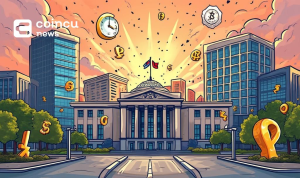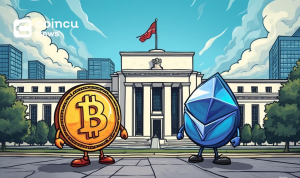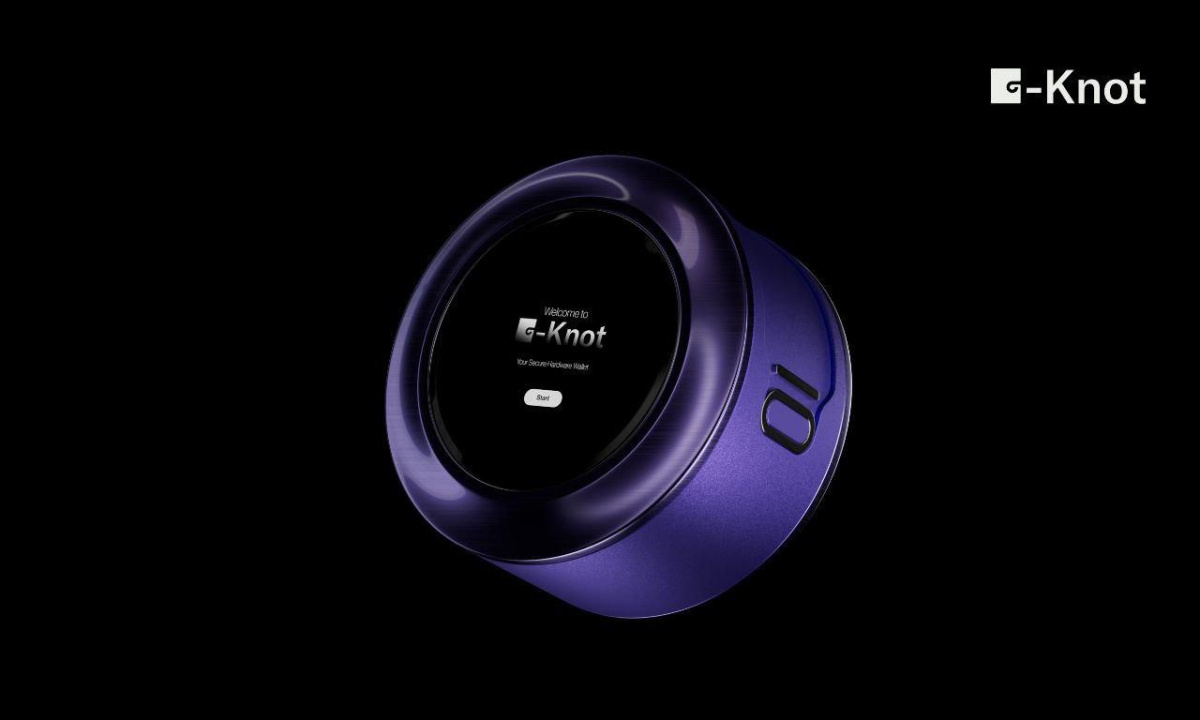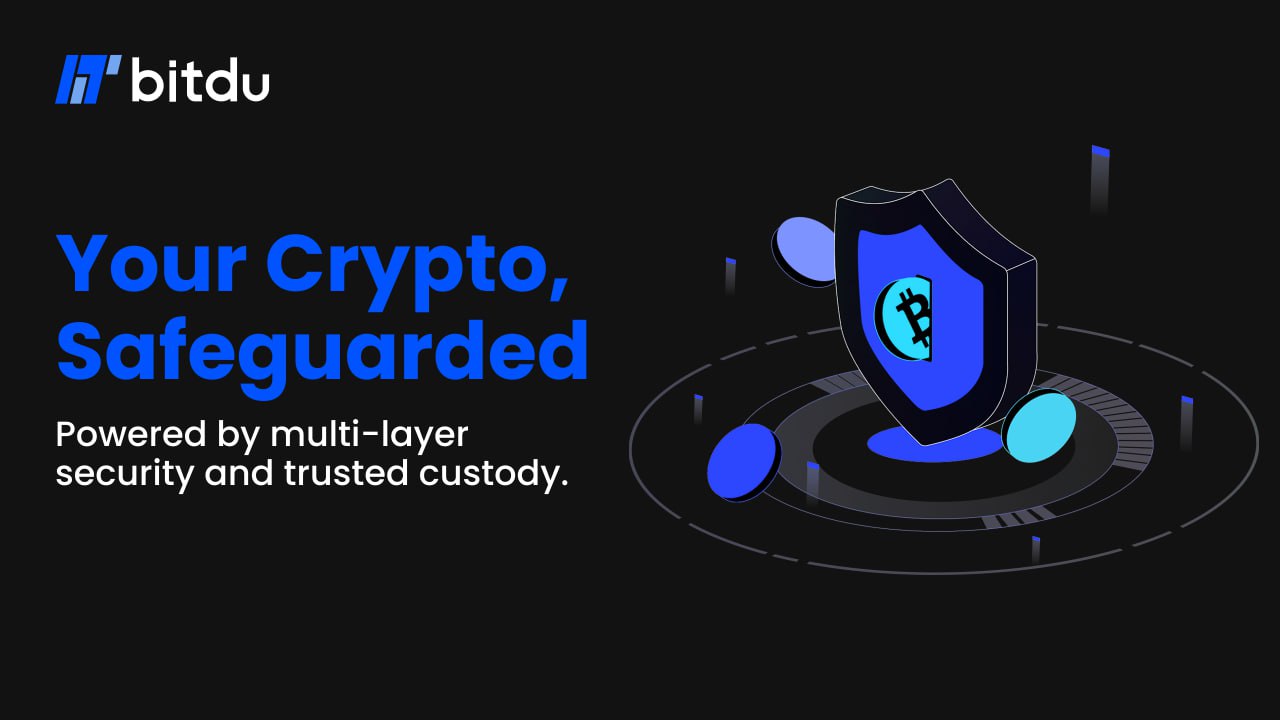In the world of blockchain technology, non-fungible tokens (NFTs) have gained significant attention due to their unique properties. One specific type of NFT, called a Non-Fungible Composable Token or ERC-998 token, offers an additional feature known as composability. To understand what a non-fungible composable token is, we must first grasp the concept of non-fungibility.
A non-fungible token is a type of cryptographic token that represents something unique and indivisible. Unlike fungible tokens such as cryptocurrencies, where each unit is identical and can be exchanged for another, non-fungible tokens are distinct and cannot be exchanged on a one-to-one basis. For example, while one Bitcoin can be traded for another, a non-fungible token representing a digital artwork or a collectible sports card is unique and holds value in its distinctiveness.
The ERC-998 token is a type of non-fungible composable token that is built on the Ethereum blockchain. It shares similarities with another popular non-fungible token standard, the ERC-721 token, in that they are both non-fungible. However, what sets the ERC-998 token apart is its unique feature of composability.
Composability refers to the ability to organize and compose assets into complex hierarchies and trade them as a single ownership. In the context of ERC-998 tokens, this means that users have the ability to create interconnected trees of ERC-721 tokens and enable the sale or purchase of batches of ERC-721 tokens in a single transfer.
With a non-fungible composable token, users can represent multiple digital collectibles or assets within a single token. This token can encompass a group of ERC-20 tokens, a collection of unique ERC-721 tokens, a combination of both, or even another ERC-998 token. Additionally, a non-fungible composable token allows non-fungible tokens to possess or be possessed by other ERC-721 and ERC-20 tokens.
To illustrate the concept of a non-fungible composable token, let’s consider a practical example. Imagine you have 10 ERC-721 tokens, each representing a unique digital coin. Traditionally, if you wanted to sell them, you would need to do so individually. However, with the composability functionality of an ERC-998 token, you can transfer ownership of all 10 ERC-721 tokens to a single parent token. Once this transfer is complete, the parent token becomes the owner of all the other tokens, allowing you to sell the entire lot at once.
What is Building Composable Tokens?
There are two approaches to constructing composable tokens:
What is Top-Down Composable?
In the top-down approach, the composable token stores information about its child tokens. Think of it as a container for ERC-721 tokens. Any ERC-721 token can be converted into a top-down composable token. You can add or remove tokens from the container as desired. The filled “container” can then be traded or transferred as a whole. This approach provides flexibility in creating complex hierarchies of tokens.
What is Bottom-Up Composable?
The bottom-up approach involves storing information about the parent tokens in the composable token. In this case, bottom-up composable tokens can be attached as child tokens to other ERC-721 tokens. For example, you can attach multiple bottom-up composable tokens to an ERC-721 token and transfer it to another user. The new owner will then have access to all the individual composables that are part of the ERC-721 token. This approach allows for creating interconnected relationships between tokens.
In summary, a non-fungible composable token, specifically the ERC-998 token, offers the ability to organize and trade multiple digital assets as a single ownership. With this token, users can create complex hierarchies of interconnected ERC-721 and ERC-20 tokens, enabling new use cases such as bundled NFT collections or the transfer of batches of ERC-721 tokens. The concept of composability enhances the utility and flexibility of non-fungible tokens, opening up new possibilities for digital asset ownership and trade on the blockchain.
About the Author:
Radosław Zagórowicz, the CEO and co-founder of Hoard, is a highly skilled software developer and blockchain specialist with ten years of professional experience. He has expertise in project management, software design, algorithms, and blockchain technology.
Radoslaw holds a master’s degree in applied mathematics from the University of Warsaw and has worked with renowned brands such as Samsung Electronics R&D and the Institute for Structural Research. He is also a founding member of the Golem Network, a board member at imapp.pl, and has been actively involved in the development of the Ethereum ecosystem since its inception.
Connect with Radoslaw on Twitter.















